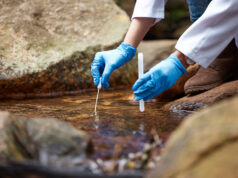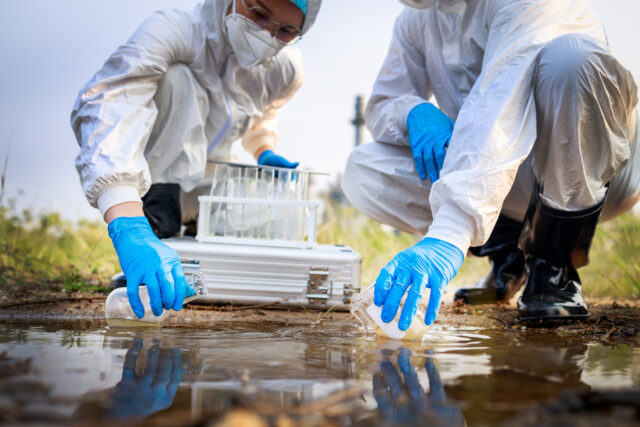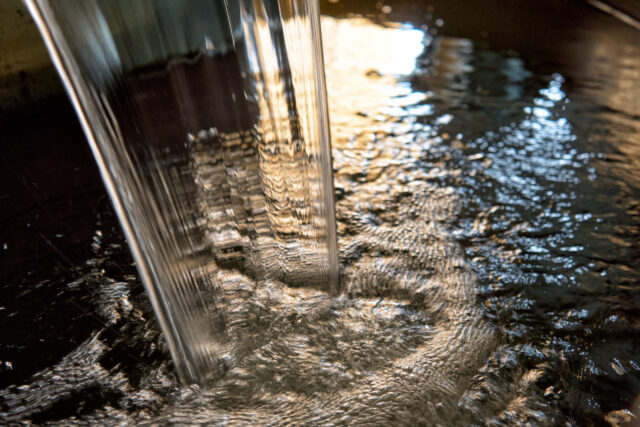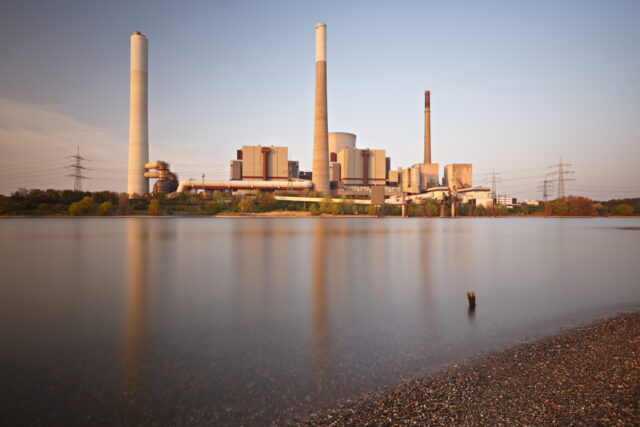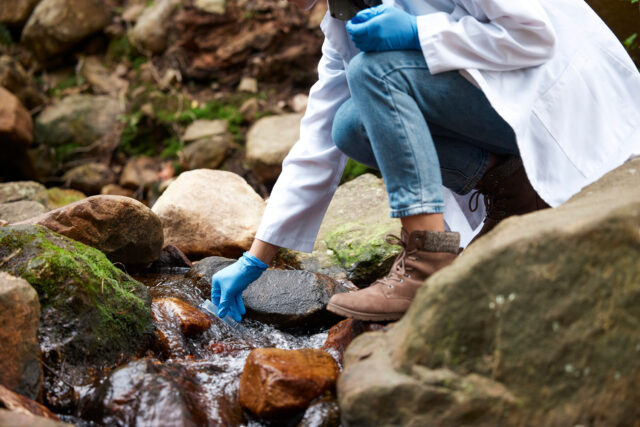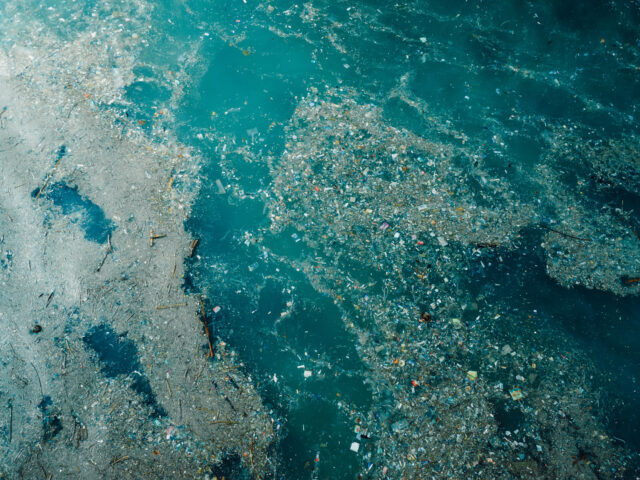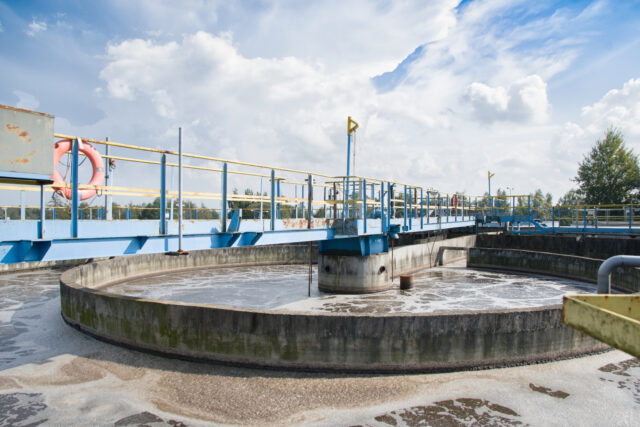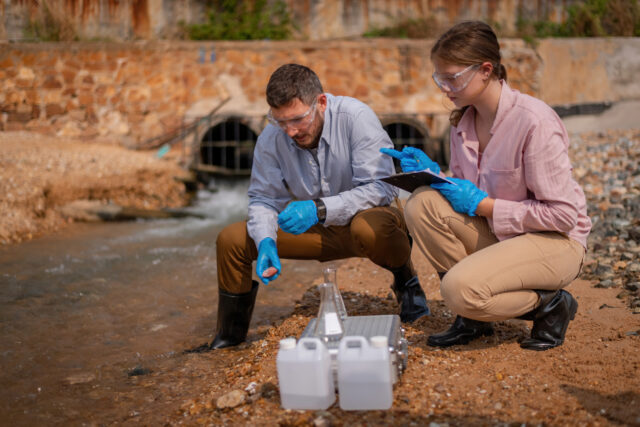Gear Up for PFAS: New EPA Limits Reshape Your Treatment Landscape
Heads up, water pros! The EPA just dropped a game-changer for municipal water treatment. Their new guidelines on Per- and Polyfluoroalkyl Substances (PFAS) – those “forever chemicals” plaguing our water sources – are here, and they’re setting stricter limits than ever before.
As guardians of your city’s tap water, you know the importance of keeping contaminants at bay. These new regulations raise the bar for PFAS removal, impacting how we approach treatment at the source.
The Specifics
The EPA is cracking down on five specific PFAS compounds: PFOA and PFOS (with a limit of 4 parts per trillion) and PFHxS, PFNA, and HFPO-DA (at 10 parts per trillion). These levels are ridiculously tiny – imagine a single drop in 20 Olympic pools! But for public health, every part matters.
The good news: the EPA recognizes the challenge. They’ve identified proven methods like activated carbon filtration, reverse osmosis, and ion exchange as effective against PFAS. Additionally, the Bipartisan Infrastructure Law has allocated a $10 billion to help cities upgrade their treatment capabilities.
Time to Strategize: What’s Next for Your Plant?
The compliance deadline is five years from now, giving you time to assess your current system’s PFAS removal efficiency. Here’s your action plan:
- Data is Key: Partner with the EPA’s Unregulated Contaminant Monitoring Rule (UCMR) program to get a clear picture of your PFAS levels. This data is crucial for choosing the most effective treatment approach.
- Explore Treatment Options: Evaluate the efficiency of existing methods and research new technologies specifically designed for PFAS removal. Pilot testing different options will help you find the best fit for your plant’s needs and budget.
- Stay Informed: The EPA is actively researching PFAS and treatment technologies. Stay updated through their website and conferences to stay ahead of the curve.
The Bottom Line: A Collaborative Effort for Safe Water
These new guidelines are a win for public health, but they require a united front from water treatment professionals. By working closely with the EPA and leveraging available resources, we can ensure that every city resident has access to clean, PFAS-free tap water. Remember, you’re the frontline heroes, and with these new guidelines, you have the tools to deliver the ultimate victory: safe drinking water for all.



